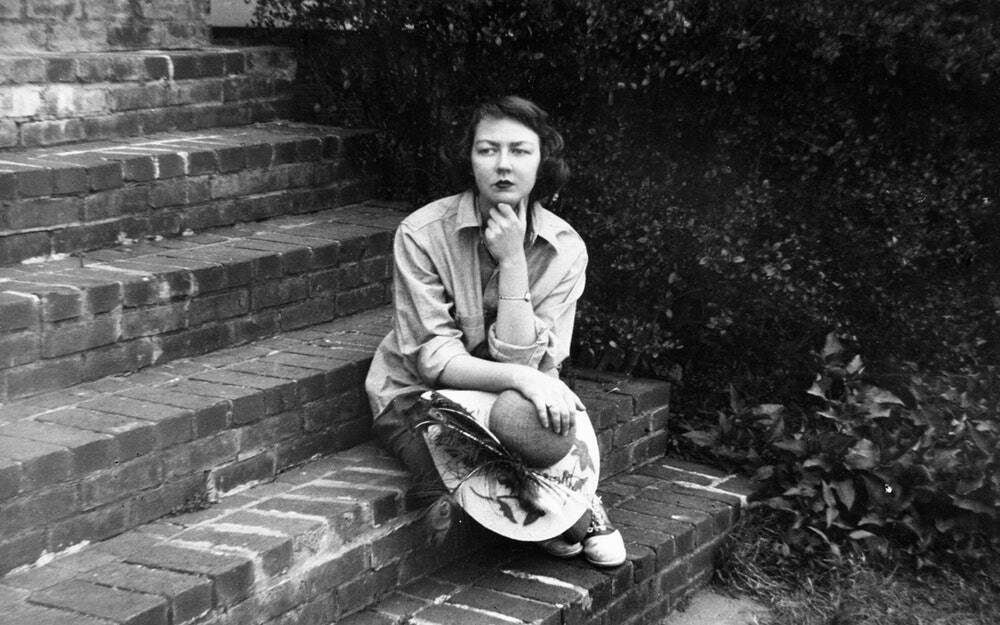Ralph Wood brilliantly taught many students at Wake Forest University and then at Baylor. I had several visits with Ralph over the years. On one occasion we were walking into a restaurant in Waco when a car full of undergraduate women yelled out to greet Professor Wood. I experienced the same affection towards Ralph while walking around campus with him.
I have had the good fortune of interviewing over 200 scholars, leaders, and writers. These include Pulitzer Prize winners and other notables. Ralph is one of my favorites. Along with being a top-notch scholar, he is great company. Anyone who has spent time with Ralph knows of his well-honed skills as a raconteur.
The following interview revolves around Ralph’s most recent book, Flannery O’Connor and the Church Made Visible (Baylor University Press).
Login to read more
Sign in or create a free account to access Subscriber-only content.
Topics:
